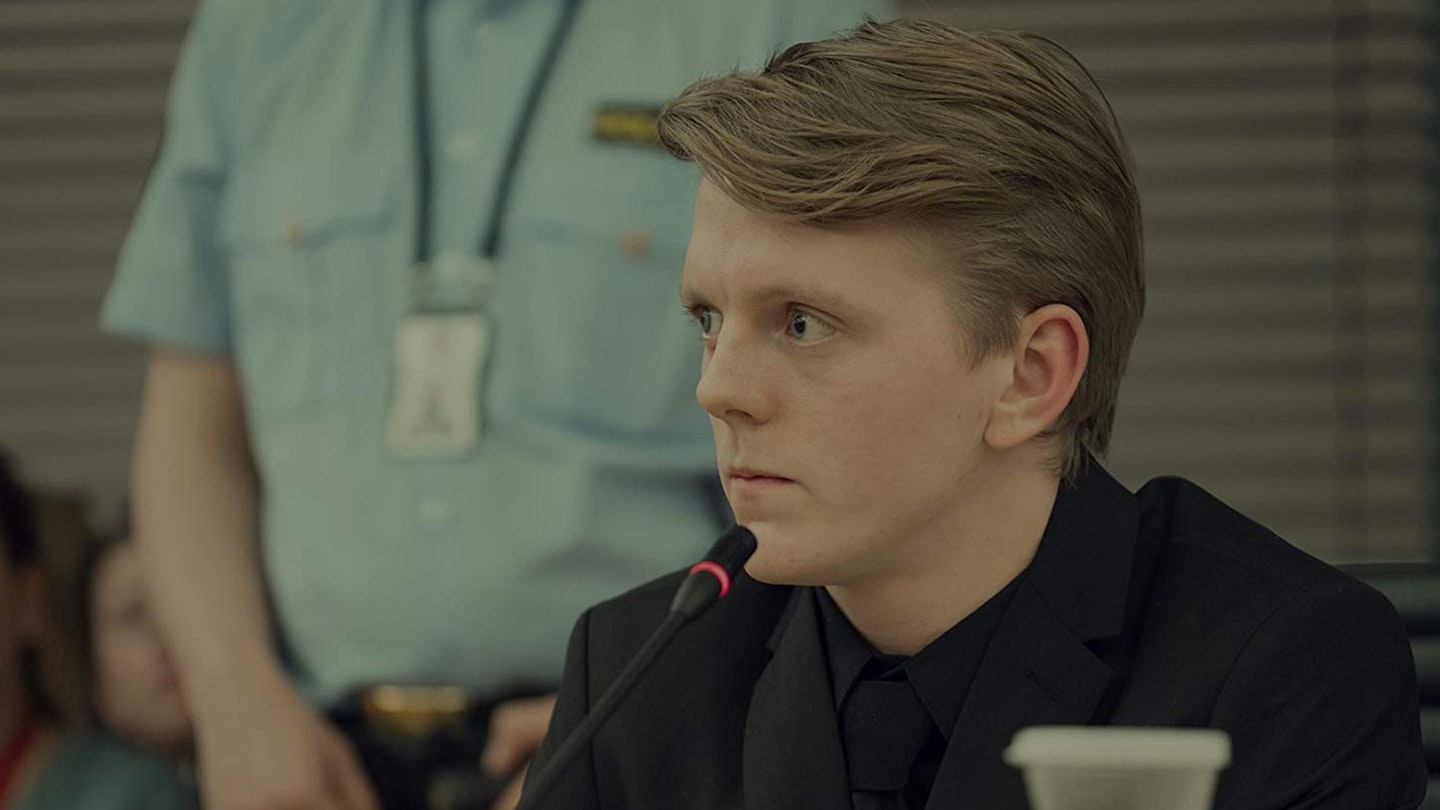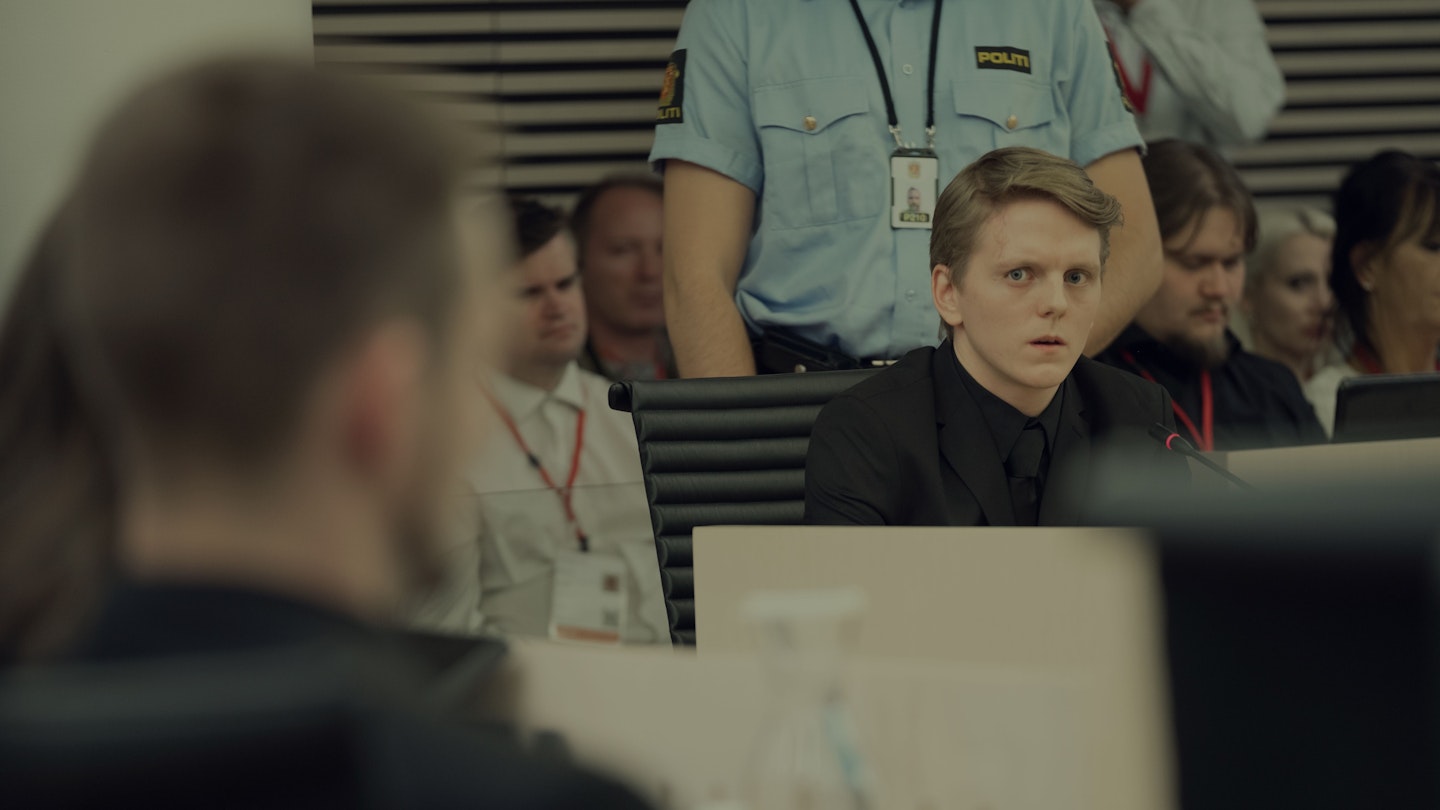Paul Greengrass is a master of the true-life story. From Bloody Sunday to United 93 to Captain Phillips, few can match his skill and sensitivity at getting under the headlines with sincerity, compassion and kineticism. His latest is a bold effort, dramatising one of the darkest days in living memory with a Norwegian cast (speaking English). But while 22 July has powerful stretches, thoughtful resonances and great performances, it lacks the rigour, sophistication and intensity of his best work.

Greengrass starts the story on 21 July, juggling Breivik’s fastidious bomb-building with teens arriving at the island, playing football and throwing furtive glances around a camp fire (like United 93’s victims, unnervingly unaware). When it comes, the shooting is handled with an unflinching gaze that never descends into tastelessness. It’s not overly bloody but it is brutal, the blind panic of the teens juxtaposed with Breivik’s terrifying matter-of-factness as he stalks through the woods.
In the aftermath, Greengrass uses the journey of teen survivor Viljar Hanssen (Jonas Strand Gravli), recuperating from brain injuries, and his family as a metaphor for Norway’s healing process, moving from trauma to anger to reconciliation. This strand is only partially successful. Viljar’s recovery flits between moving moments (the family returning home to an empty house) and the familiar, broadly etched beats of hospital drama (frustration with rehab). He also uncharacteristically utilises hoary tropes — Viljar sits bolt upright after a nightmare, is haunted by the sounds of the shooting, takes out his anger in a speeding snowmobile. Similarly, scenes involving Prime Minister Stoltenberg (Ola G. Furuseth, strangely stilted), under pressure for not acting on intel about Breivik, lack Greengrass’ ability to make crisis management and political machinations compelling and believable.
The film fares best with debatably the film’s trickiest element: Breivik himself (Anders Danielsen Lie, in a poised, chilling performance). Øigarden is a compassionate presence as his requested lawyer, while Breivik is a self-aware, articulate figure, a ‘soldier’ convinced that killing “the children of the elite” is a good thing. Here, Greengrass finds his eye for telling texture, Breivik casually eating pizza and drinking wine during interrogation or blankly reading letters from distraught parents. Greengrass may be spinning an individual story but he evokes broader concerns — political extremism, the fear of immigration — without heavy-handed messaging. Breivik’s shots reverberated around the world. 22 July, despite some dramatic flaws, is a cogent, intermittently gripping warning as to why we should listen.


